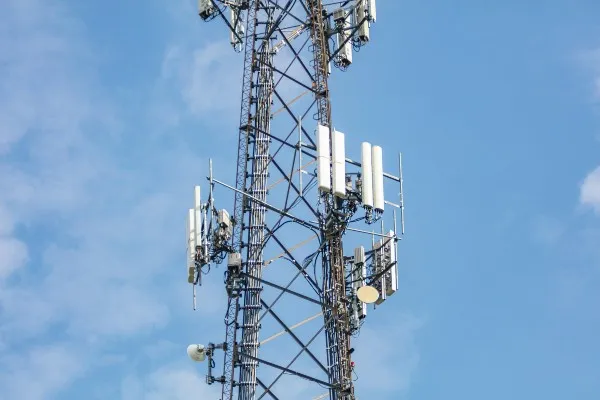In-building cellular signal testing is a critical process that ensures reliable and efficient cell phone coverage within a building.
 As the demand for constant connectivity continues to rise, it is essential for businesses to have strong cellular signals to facilitate communication, productivity, and enjoyment. NDC's process and the importance of in-building cellular signal testing and the procedures involves more than we can write here, but I'll highlight some of the basic principles in this crucial process.
As the demand for constant connectivity continues to rise, it is essential for businesses to have strong cellular signals to facilitate communication, productivity, and enjoyment. NDC's process and the importance of in-building cellular signal testing and the procedures involves more than we can write here, but I'll highlight some of the basic principles in this crucial process.
When it comes to in-building cellular signal testing, one of the primary objectives is to identify any areas within a building where the cellular signal strength is weak or non-existent. This information is vital for determining the most effective solutions to enhance the signal strength and improve coverage throughout the building.
The first step in the process of in-building cellular signal testing is to conduct a site survey. This involves assessing the existing cellular signal strength in various areas of the building using specialized testing equipment, much as we do with the Wi-Fi process. During the site survey, test calls and data transfers are performed to measure signal strength, clarity, SNR, and reliability among other elements.
Following the site survey, the next step for in-building cellular signal testing is to analyze the data collected and identify any areas of concern. This includes pinpointing locations with weak signal strength, dropped calls, or slow data speeds. By identifying these problem areas, we can take proactive steps to improve cellular signal coverage and enhance the overall user experience, which is why you called on us in the first place.
Based on the findings of our site survey and data analysis, the next phase involves developing a customized solution to address the identified issues. This includes installing cellular signal boosters, distributed antenna systems (DAS), or other signal enhancement technologies such as our favorite system from Nexivity to amplify the signal strength and eliminate dead zones within the building.
Once the solution has been implemented, it is essential to conduct post-installation testing to ensure that the cellular signal enhancement measures have been successful. This involves retesting signal strength, call quality, and data speeds to verify that the improvements are consistent and reliable throughout the building.
In addition to testing signal strength and quality, the process also encompasses interference testing. This involves identifying and mitigating sources of interference that can disrupt cellular signals within the building. By addressing interference issues, we can further improve the reliability and performance of the cellular signal coverage.
It is important to note that signal testing is not a one-time process. As technology evolves and businesses expand, the need for ongoing testing and optimization of cellular signal coverage remains crucial. Outside influences that become new to the environment can also degrade the quality of the system, so it's important to identify and rogue signals regularly. Regular testing and monitoring of signal strength and quality are necessary to ensure that the cellular network meets the changing needs of the business, its occupants, and outside influences.
Signal testing is a vital process that helps enhance cellular signal coverage, improve connectivity, and boost productivity. By conducting thorough site surveys, analyzing data, implementing custom solutions, and performing post-installation testing, NDC can ensure that our installed system will meet your specific requirements. Regular testing and monitoring are keys to maintaining optimal signal strength and reliable cellular connectivity within buildings.
